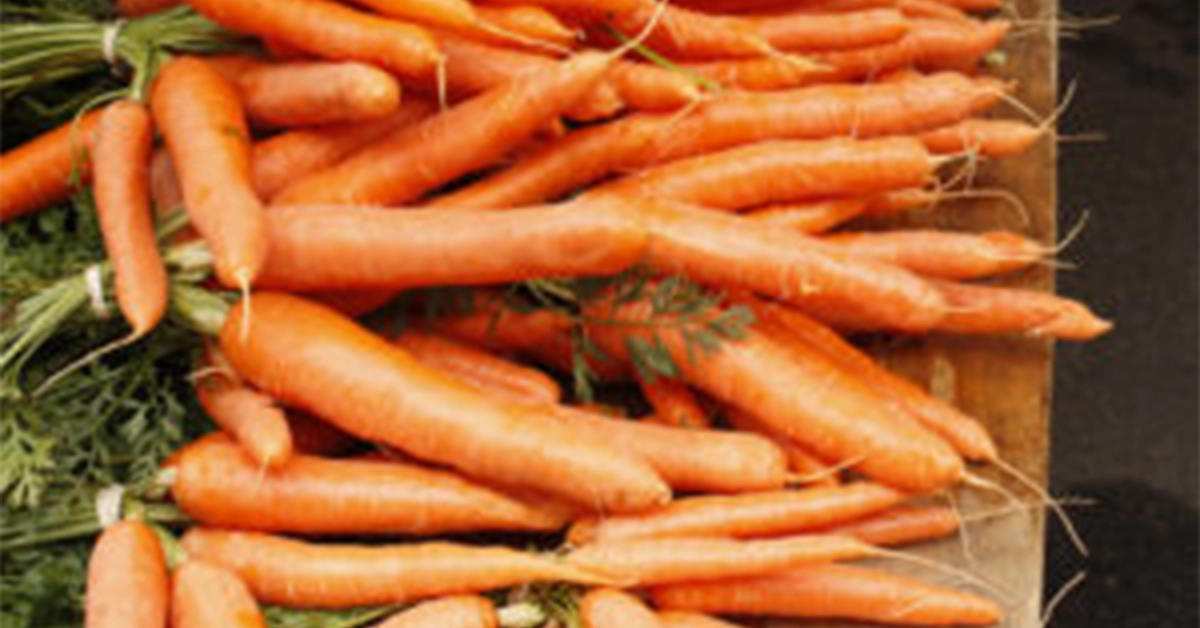Local: it’s a buzzword that seems to be popping up everywhere. But what does it mean, and why is it so popular? And why are people turning “living local” into a lifestyle?
Let’s start with defining “local,” which isn’t as simple as it seems. For some people, products can be identified as local if they are created within a 100 km radius from where they live. Others broaden the term to include anything produced within the province. Some people may even say a product produced within the country could be classified as local. While the definition of a “local product” isn’t entirely clear, it seems safe to say that the closer to home a product is made, the better.
“Living local” is the practice of choosing goods that have been produced locally, whether it’s food or makeup or clothes — but what’s the point? That can be chalked up to another buzzword: sustainability.
By purchasing local products, the three main pillars of sustainability identified by the United Nations (social, economic and environmental sustainability) are stimulated.
The practice of living local is often categorized as a “green” one, and rightly so. Shipping bulk amounts of products across borders or overseas produces a large amount of fuel emissions. When people make the choice to stop purchasing international products, supply and demand should kick in, meaning fewer products will be shipped, resulting in less atmospheric pollution. Of course, the more people do this, the bigger the impact will be.
The practice also stimulates the local economy. Theoretically, when products are produced and exchanged within a centralized region, the opportunity for local business development will expand.
Living local can also create a sense of community by bringing farmers, vendors and customers together through the pursuit of a quality product.
Lex Boldireff of S’wich, MacEwan’s hotspot for artisanal sandwiches, makes all of his ingredients from scratch and believes that smaller local businesses put more care into the products that they create, but he also understands that using local products 100 per cent of the time isn’t realistic.
“When you put yourself in the confines of a set of stringent rules like that,” he says of practices like the 100-mile diet, “it takes the fun out of it and then it becomes a bit of a chore.”
Another obstacle often associated with local products is the price tag. Because of the intensive practices associated with creating local products, the cost can be prohibitive.
“I think sustainability is more important than the number of kilometres and the number of provincial lines that [a product] crosses,” Boldireff says, placing quality and cost over location.
The concept of local living may be trendy at the moment, but it certainly isn’t anything new. Often mistakenly viewed as revolutionary lifestyle choice that people are committing to in an attempt to be more sustainable, living local has been part of the human lifestyle for thousands of years. This used to be, and still is, the only option for many cultures around the world. That should make it relatively easy, right? Wrong.
After giving local living a try for just one week, I very quickly discovered that the practice isn’t something that a person can just dive into. It truly is a lifestyle. I assumed the process would be fairly easy: make a quick trip to the grocery store and easily find a variety of local foods. That’s it. After my first grocery shop at Save-On-Foods concluded with only celery, tomatoes, and milk in the basket, it became clear that living local takes more work than one might expect. The plan was to eat local food and use local hygiene products for a week, but it took several days before I was able to use only products made in Alberta for an entire 24 hours.
Very quickly, the process became a learning experience. I’d never realized, for example, that fruits and vegetables are tagged with stickers that indicate where they originated. Many products are from Mexico, Thailand, and New Zealand, making it clear that living local might be easier in warmer regions with longer growing seasons. Here in chilly Alberta, however, whatever’s in season will dictate what a person can eat. Even moving to British Columbia might make the lifestyle a little more doable.
As a lover of all things sustainable, I was excited to give this thing a go, but being unable to pick up jalapeno Cheetos (read: life source) or grab a coffee from Timmie’s in the morning? Simply devastating.
Still, with a little bit of effort, living local (or living local when circumstances allow) is doable. Edmonton has a growing community of people and businesses committed to sustainable practices. With farmers’ markets every weekend, restaurants that sell only locally-made products, and a variety of businesses willing to send local goods right to your door, there are plenty of options for people interested in buying local food, clothes and hygiene products.
For the most part, lovers of local living focus mainly on centralizing the origin of their food, there are a variety of options to make that happen. With year-round farmers’ markets and high-end grocery stores like Planet Organic and Earth’s General Store (both of which also have items for personal care), it’s relatively easy to find food made within Alberta’s borders.
For people hoping to take it a step further by supporting Edmonton designers, you can find the works of local artisans in a number of stores, including Bamboo Ballroom and Workhall Studio.
Living local doesn’t have to be an all-or-nothing lifestyle. Attempting to be all-local-all-the-time is intense and tiresome and, in reality, it’s nearly impossible to satisfy your desires while also using only local products.
What should be encouraged, however, is making the effort to choose local when the option exists.
“As long as you’re making an effort to do it, and you’re doing it consciously,” says Boldireff, “that’s how you make a movement.”
Photos by Virginia Dowdell.





0 Comments